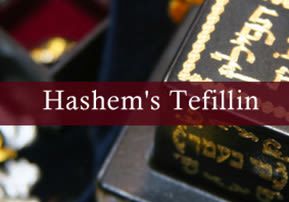
Ki Tisa: Hashem’s Tefillin
What did the Sages mean that God wears tefillin? And what is special about the knot, that God revealed that particular part of His tefillin to Moses?

Translated and abridged by Rabbi Chanan Morrison
Parshat Ki Tisa
A Divine Vision
One of the Torah's most enigmatic passages describes a mysterious encounter that took place after the sin of the Golden Calf. After successfully pleading for the sake of the Jewish people, Moses took advantage of that special moment of Divine favor. "Please let me have a vision of Your Glory," he requested.
God explained that it is impossible for mortal man "to have a vision of Me and live" (Ex. 33:20). But God agreed to protect Moses in a mountain crevice as He 'passed by.'
"You will then have a vision of My back. My face, however, will not be seen." (Ex. 33:17-23)
This account raises many questions. The most obvious problem concerns the story's anthropomorphic elements. God has no body. What do the allegorical terms 'back' and 'face' mean here?
Unfortunately, the Talmudic commentary for this puzzling incident only adds to our confusion. In Berachot 7a, Rabbi Shimon Hasida explained that God revealed His 'back' to Moses by showing him the knot of God's "tefillin shel rosh." (Tefillin contain scrolls describing God's unity and providence. The "tefillin shel rosh" are worn above the forehead, and are held in place by means of a leather strap tied on the back of the head with a special knot.)
What did the Sages mean that God wears tefillin? And what is special about the knot, that God revealed that particular part of His tefillin to 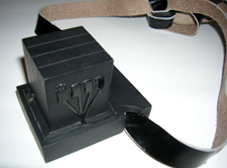 Moses?
Moses?
Knowing God
There are two levels of knowledge. The first is an accurate knowledge of an object's true nature. The second is knowledge that is limited by our capabilities, whether intellectual or physical. Regarding tangible objects, there may not be a difference between the two. But when dealing with abstract concepts, and especially with regard to the nature of God, the difference will be great – perhaps infinitely so.
The Torah is based on the second type of knowledge. It presents us with a perception of God according to our limited grasp, since only this type of knowledge can provide ethical guidance. Knowledge of God's true nature, on the other hand, is not a form of comprehension at all. As God informed Moses, "Man cannot have a vision of Me and live."
Bound to the Human Mind
Now we may begin to understand the metaphor of God's tefillin. Tefillin contain verses expounding God's unity and nature; they signify a true comprehension of God's reality. This truth, however, is beyond human understanding. How can we relate to this infinite truth? What connects it to us? What brings it down to the level of our intellectual capabilities, enabling this knowledge to enlighten and influence us? This is the knot that binds the tefillin to the head. The knot symbolizes a level of comprehension that takes into account the abilities of those contemplating, so that they may grasp it and utilize it.
The imagery of God's 'face' and 'back' corresponds to these two levels of knowledge. True knowledge of God's infinite reality is God's 'face.' 'Face' in Hebrew is panim, like the word p'nim, meaning inner essence. Knowledge of God's reality according to our limited understanding, on the other hand, is referred to as God's 'back.' Moses was granted this partial knowledge, a grasp of the Divine that mortal man can appreciate and apply in his finite world.
(Adapted from Ein Eyah vol. I, p.33)
* * *
Rabbi Chanan Morrison of Mitzpeh Yericho runs http://ravkookTorah.org, a website dedicated to presenting the Torah commentary of Rabbi Avraham Yitzchak HaCohen Kook, first Chief Rabbi of Eretz Yisrael, to the English-speaking community. He is also the author of Gold from the Land of Israel (Urim Publications, 2006).





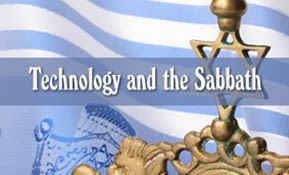
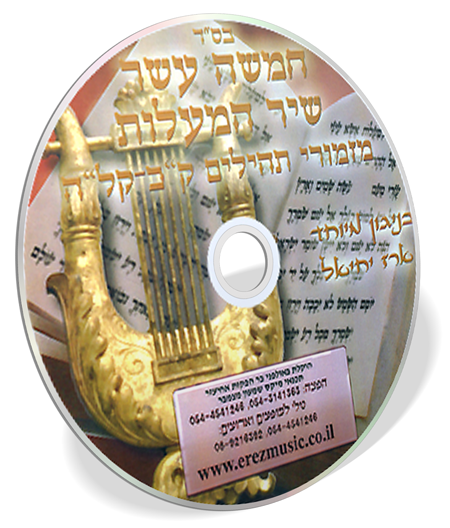
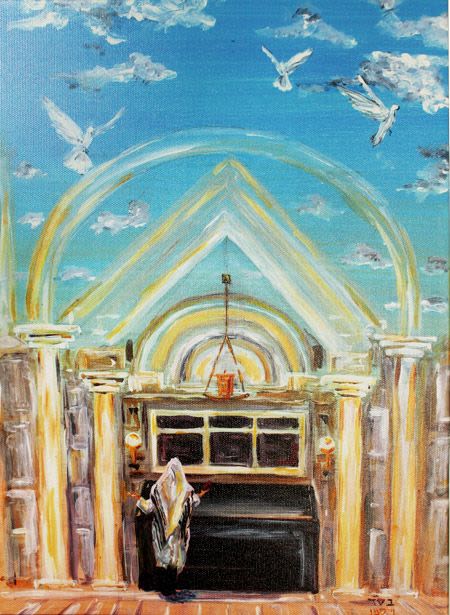

Tell us what you think!
Thank you for your comment!
It will be published after approval by the Editor.